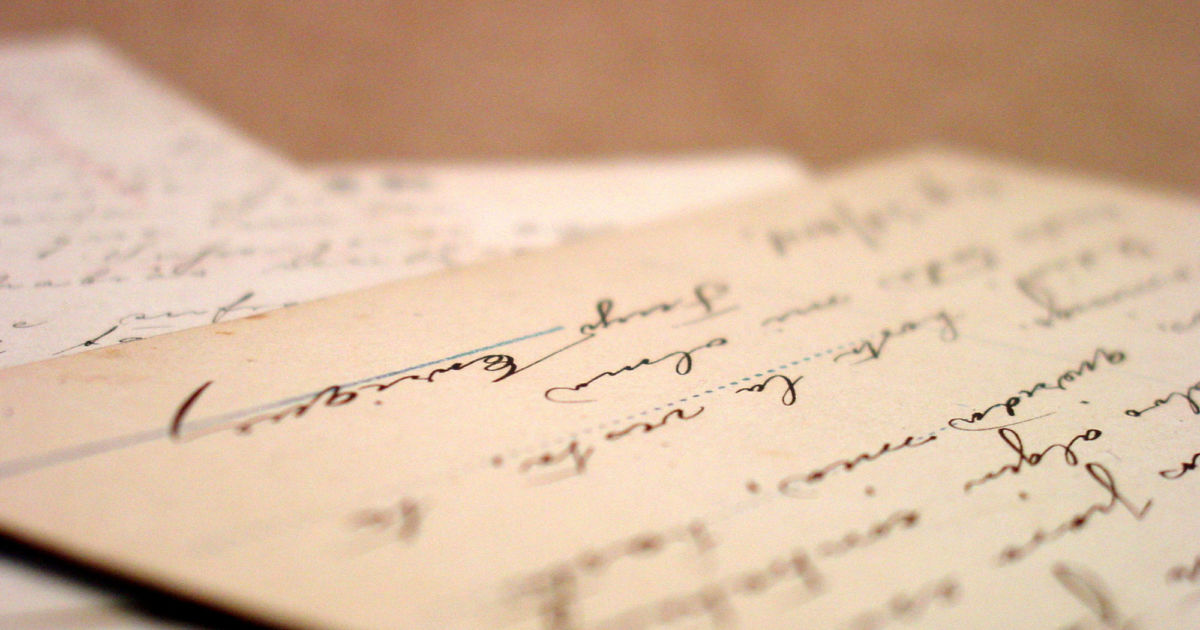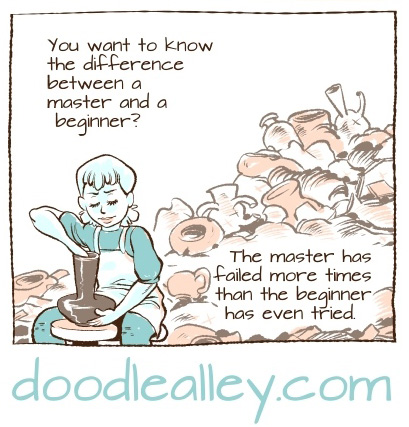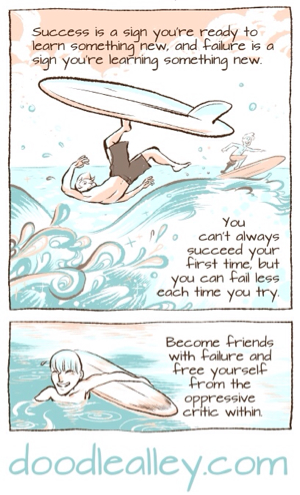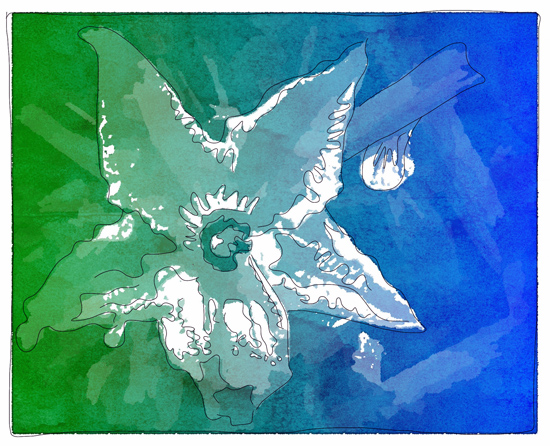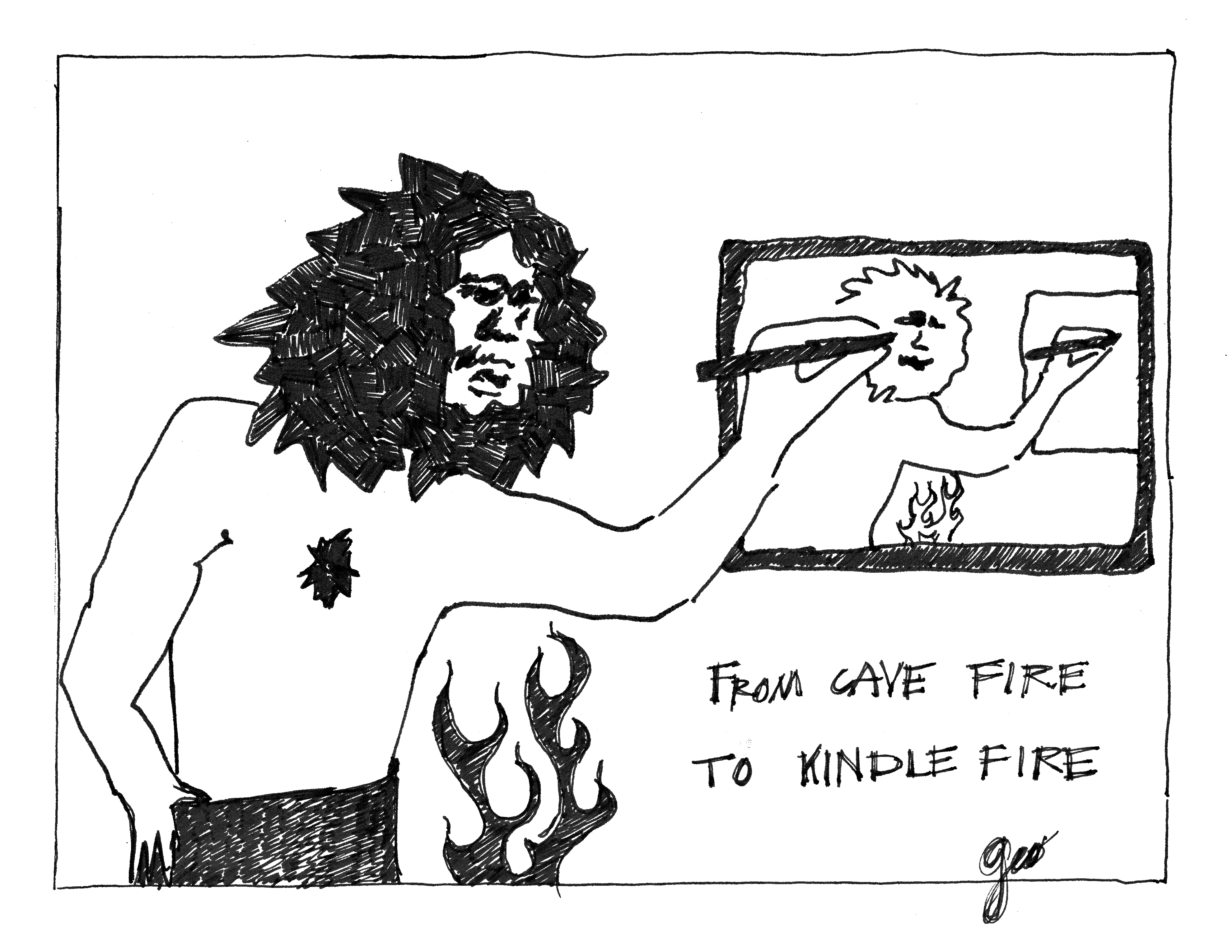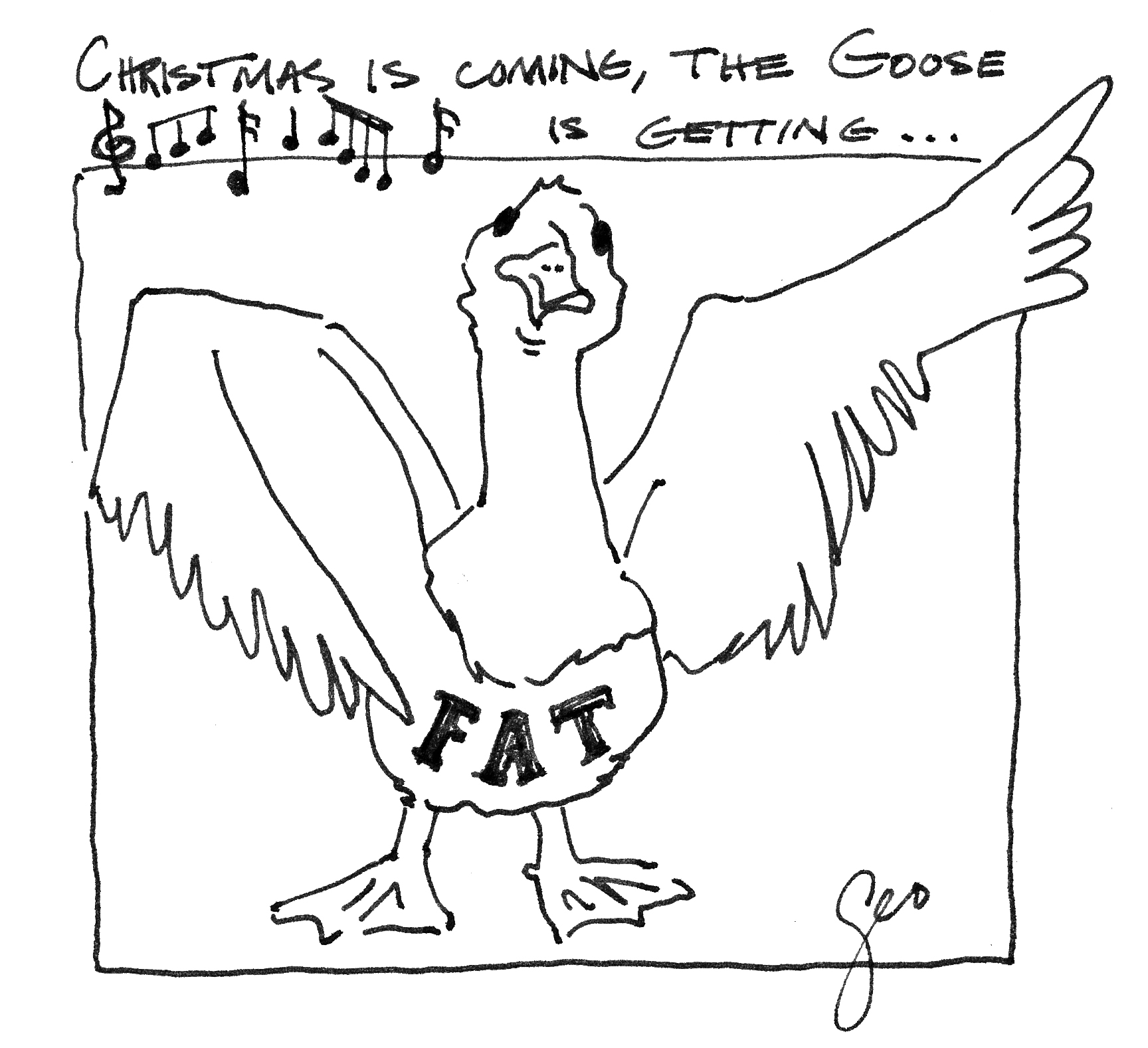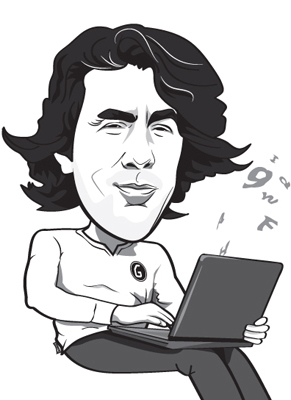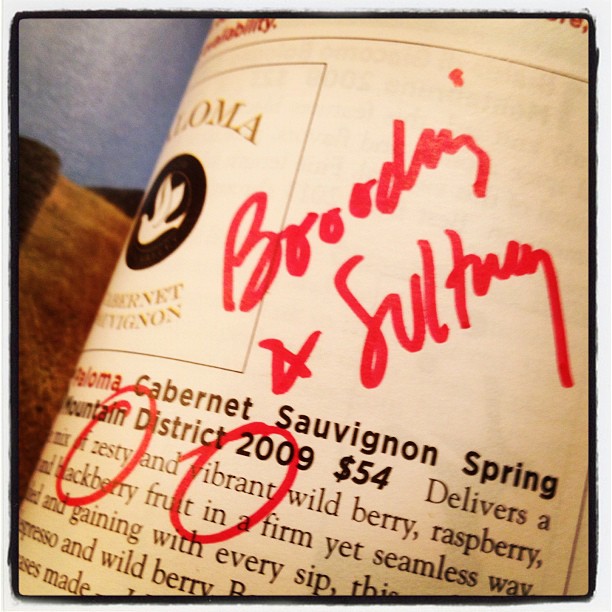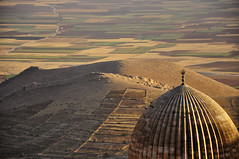Cursive Nonsense, Nostalgia and Neurotransmission
A cursory (not cursive) relapse this morning into the pre digital age of handwritten correspondence and refrigerator reminders and maybe even illicitly passed classroom notes and mysterious marginalia…
Mark Oppenheimer’s reflection on “The Lost Virtue of Cursive” touched a poignant and sympathetic chord with me.
I can’t escape the conviction that cursive—writing it and knowing how to read it—represents some universal value… This is sheer nonsense, of course. (Source: Mark Oppenheimer, The New Yorker, October 22, 2016)
I totally get his perspective. I’ve become a knee-jerk apologist for alternatives to digital communication. Not because I’m a Luddite. Quite the contrary, in fact. I’ve embraced the digital evolution since I was a youngster. I’m a digital native, thanks in large part to my parents who raised us on proto-PCs and insisted that we learn to code (remember Basic?) and touch type at a time when it was odd. Geeky even. For a couple of decades I’ve logged an unseemly portion of every day on digital keyboards.
And, of course, keyboarding has swallowed my handwriting whole… But when I do use my cursive, however seldom, it’s with a small rush of good feelings. Cursive, to me, is those letters at camp, and, later, letters from my parents at college… (Source: Mark Oppenheimer, The New Yorker, October 22, 2016)
So is it nostalgia then, a hankering for a patinated past that evokes my yearning for pre digital alternatives? For cursive missives and fountain pen personalization and DNA dripping doodles? Probably, at least in part. But I refuse to believe that it’s just nostalgia. Nor am I willing to concede that writing and reading cursive is valueless.
Maybe I’m just stubborn. Or maybe, just maybe, cursive and hugs have something in common?
I’m not a psychologist or a psychiatrist or any other stripe of scientific savant. Nor am I qualified to opine on the neurochemistry of happiness, not by a long shot. But I can’t help wondering if there isn’t a pretty potent connection between cursive communications and the blessed buzz of oxytocin, serotonin, dopamine, and endorphins. Maybe handmade communications provide a profoundly important bridge across the increasingly impersonal, even slightly aseptic modes of interpersonal communications that connect/isolate us in this exciting introduction to the 21st century. Could inky cursive and fingerprinted doodles and just-at-the-right-time hugs be distant cousins?
More than Hugs & Kisses
In response to this post my father, Gordon Davis, emailed me John Donne’s opening to “To Sir Henry Wotton”.
Sir, more than kisses, letters mingle souls,
For thus, friends absent speak. ~ John Donne
Spot on. Thanks, Dad!
